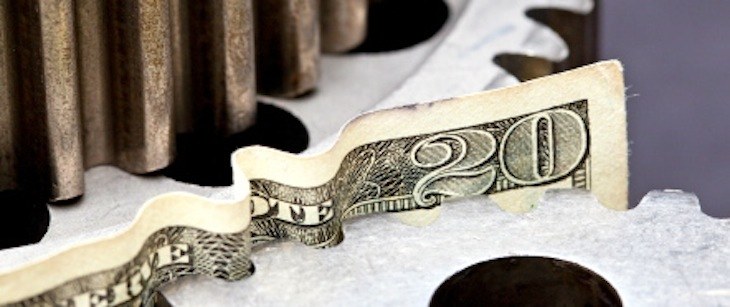Higher food prices lifted annual inflation to 8.3% in August
by September 13, 2022 4:14 pm 534 views

Despite falling gasoline prices in August consumers still faced a 13.5% increase in food and grocery prices from a year ago. This marked the 15th straight month of increases, according to a Tuesday (Sept. 12) report from the U.S. Bureau of Labor Statistics.
Consumer prices rose 8.3% in August compared to a year ago. While the CPI was down from 8.5% in July, rising food prices dashed hopes that inflation has peaked.
“This is a much much worse CPI report than anyone was expecting,” said University of Michigan economist Justin Wolfers. “Basically last month’s optimism has been countered by this month’s pessimism.”
Wolfers said falling fuel prices will be positive for consumers as fuel prices have come off the highs set in June, falling 7.7% in July and 10.6% in August. Gasoline prices are still 25.6% higher than they were in August 2021. He said persistently rising food prices are a major issue as consumers have to go back to 1979 to see prices this elevated.
BLS said the price index for cereals and bakery products increased 16.4% over the year. The remaining major grocery store food groups posted increases ranging from 9.4% for fruits and vegetables to 16.2% for dairy and related products. The core inflation numbers, excluding food and fuel, also ticked 0.6% higher in August from the prior month. Housing/shelter costs rose 0.7% in August on the heels of a 0.5% increase in July. Higher rents are the main reason housing costs are 6.2% higher than in August 2021.
The energy services index rose 2.1% in August from July and 68.8% from a year ago. Natural gas utility service prices are up 33% from a year ago. Also medical care costs rose 0.8% in August and they are up 5.6% year over year.
Consumer spending has remained resilient through the summer months despite record high prices. While retailers like Walmart have recently said consumers are trading down for some items and looking for more values on everything from food to back-to-school necessities, analysts with Goldman Sachs recently noted they expect household cash flow to pick up following the Christmas holidays.
After a year-long dip, household cash flow will begin growing again after Christmas, and accelerate through the new year, according to the Goldman Sachs research note. Jason English, consumer goods analyst at Goldman Sachs, expects household gains will reverse a year of negative growth of $600, or 4.2% in household discretionary cash flow. He said the gains will be small to start at the beginning of 2023 and accelerate throughout the year. He said the biggest driver of household cash flow improvement in 2023 will be wages.
Mark Zandi, chief economist at Moody’s Analytics, also said consumer cash flow is likely to improve as fuel prices moderate. He said the job market also remains strong because employers are not likely to cut jobs because they know their biggest problem is finding talent.
Retail sales in the U.S. have risen about 10% in the last year, but most of that reflects higher costs of gasoline and other goods sold at the inflated prices, BLS reports.
The New York Federal Reserve Bank reports consumer expectations in August reflected sentiment that elevated fuel prices would be the norm for the foreseeable future with food prices continuing to rise another 5.8% year-over-year. The survey did measure some optimism that gas prices are coming down, but not to last year’s levels. While survey respondents said they expect inflation pressures to ease in early 2023, but they expect the cost of living will continue to rise.
Respondents said credit is harder to access. Those reporting that it’s more difficult now to get credit rose to a series high, with 57.8% saying it’s either harder or much harder, the New York Fed reported. Also, those expecting to miss a minimum debt payment over the next three months rose 12.2%, a 1.4% gain that was the highest reading since May 2020.
